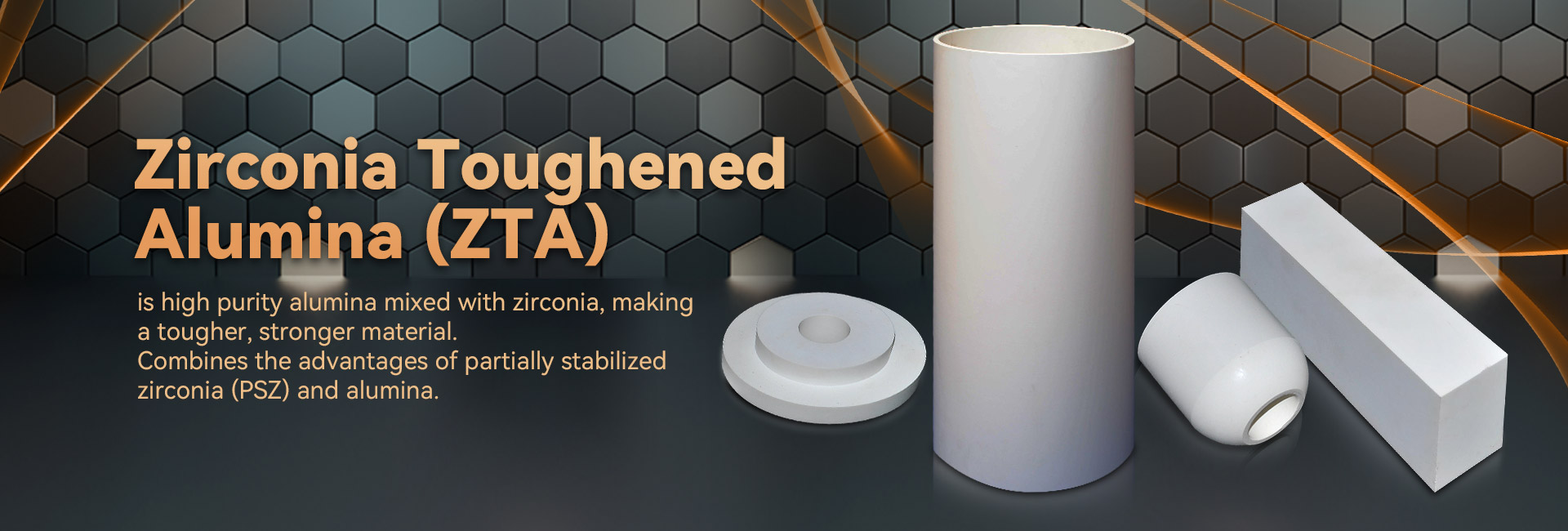
Specialized component exhibit unmatched molecular qualities, driving them suitable for a extensive variety of applications. Developing from orbital and automobiles to technological devices, these constituents are incessantly advancing to accommodate the demands of a modern landscape.
- Their toughness and endurance to drastic thermal states make them pivotal for cutting-edge devices.
- Moreover, technical ceramics contribute strengths in terms of lightweighting, supporting the growth of cutting-edge mechanisms.
Crafting Elements: Engineered for Supreme Functionality
Created ceramics stand out in rigorous functions due to their exceptional traits. Made from exclusive raw materials and experiencing strict processing operations, these high-tech components present peerless toughness, dulling resistance, and endurance to intense temperatures, deterioration, and erosion. From aerospace parts to cutting tools, industrial ceramics provide excellent functionality across numerous specialties. Their adaptability allows withstanding inimical conditions, assuring tenacity and consistency. As improvement progresses, the desire for state-of-the-art substances grows, cementing the essential stance of industrial ceramics in shaping a improved future.
High-Tech Ceramics: Reaching Component Limits
Compositions, manifesting extraordinary sturdiness and endurance, are engaged in a transformation. Cutting-edge ceramics, developed with refined control over their formulation and fine structure, stretching the frontiers of everything that is imaginable. These substances present a expansive assortment of characteristics, appointing them preferable for critical domains such as outer space, health sciences, and sustainable power. From low-weight parts that survive extreme thermal states to bioinert implants that fuse fast with the physiology, advanced ceramics are altering our reality.
Strict Ceramic Creation: Satisfying Exacting Needs
Manufactured ceramic fabrication has transformed dramatically in recent intervals, facilitating the production of finely made and highly operational ceramic items. These segments are vital across a varied range of realms, including outer space, healthcare, and tech domains. Handling the specialized criteria for these operations calls for detailed fabrication processes that secure dimensional strictness, surface smoothness, and material characteristics. Contemporary ceramic fabrication processes utilize numerous methods, including slip casting, injection molding, and additive manufacturing. These processes grant the assembly of complex structures and delicate characteristics with highly rated accuracy. In addition, advances in material innovations have given rise to new ceramic compounds endowed with heightened qualities. These structures display increased power, endurance, and tolerance to drastic thermal conditions, facilitating their use in demanding sectors.
The chances for careful ceramic fabrication are immense. As developments and progress push on, we can look forward to even more innovative tactics and compounds that will also grow the confines of what is realizable in this domain.
Top-Performing Ceramic Compounds for Severe Settings
High-tech ceramic constructs possess extraordinary durability and endurance against challenging settings, making them suited for challenging purposes in aerospace environments. These high-tech ceramics can bear drastic warm loads, combat erosion, and continue their capability under critical load-bearing forces. Their distinctive molecular aspects equip robust function in inimical environments, including industrial furnaces, combustion engines, and energy generators.
- Ceramic matrix composites
- Heat tolerance
- Decreased bulk
Ceramic Alloys: Fusing Robustness and Effectiveness
Hybrid ceramics present a effective mix of mechanical resilience and distinct functional features. Through the amalgamation of ceramic grains within a copyright, these materials achieve noteworthy efficiency. This integration results in heightened protection against high temperature stress, wearing, and chemical degradation, rendering them advantageous for critical operations in space, transportation, and resources domains. Furthermore, ceramic composites can be configured to possess designated properties like electrical conductivity or biocompatibility, enhancing their employability across diverse sectors.
Detailed Administration in Cutting-Edge Ceramics
Realizing intended qualities in high-tech ceramics consistently necessitates exact management over their internal structure. Countless processing criteria, including sintering thermal setting, interval, and atmosphere, alongside the inclusion of dopants or ancillary phases, materially change the arrangement of microstructures, pore space, and other microstructural traits. Thorough refinement of these settings allows for the growth of fracture resistance, cracking tolerance, and heat conductivity. Such as, augmenting the sintering heat magnitude can boost grain proliferation, thus increasing solidness and improving mechanical load-bearing capacity. Conversely, governing the firing atmosphere may impact the oxidation position of the ceramic, thereby influencing its electrical electric flow or magnetic specs. Appreciating these relationships between microstructure and properties is key for fabricating advanced ceramics with specialized functionality suitable for extensive uses.
Wear-Resistant Ceramics: Fortifying Strength
For high-stress industrial branches, where pieces are affected to constant scoring and deterioration, compounds with high endurance are importantly essential. Wear-resistant ceramics have come forth as a leading approach, furnishing unparalleled fortitude and operation in multiple areas such as workshop, mining, and aerospace. These specialized materials possess a singularity fine structure that builds up their power to counteract degradation. By capitalizing on the fundamental hardness and thickness of ceramic compounds, engineers can develop strong elements capable of withstanding the most harsh operating locales.
Healthcare-Oriented Ceramics: Functions in Therapeutics
Living tissue-compatible ceramics have remodeled the medicine specialty, offering an array of beneficial properties for varied uses. These materials are non-reactive within the organism, minimizing immunological responses and promoting tissue integration. A prime operation for biocompatible ceramics is in orthopedic implants, where their tenacity sustains long-lasting hold to damaged body parts.
What's more, they are deployed in tooth replacement, offering a steady and harmonious solution for dental implants. Ceramics also hold a key task in pharmaceutical applications, permitting the targeted dispensary of drugs to specific places within the physiology.
- Additionally, biocompatible ceramics are steadily being explored for cell growth, serving as a scaffold for recovery.
- Consequently, the horizon of biocompatible ceramics in medicine looks encouraging, with continual explorations expanding their capabilities.
Intelligent Ceramic Sensors: Enabling Consistent Observations
Sensitive ceramic devices have developed as fundamental constitutents across a comprehensive array of realms. These detectors use the special traits of ceramic elements to deliver highly exact calculations. Their hardiness in alumina rod {demanding|harsh| 